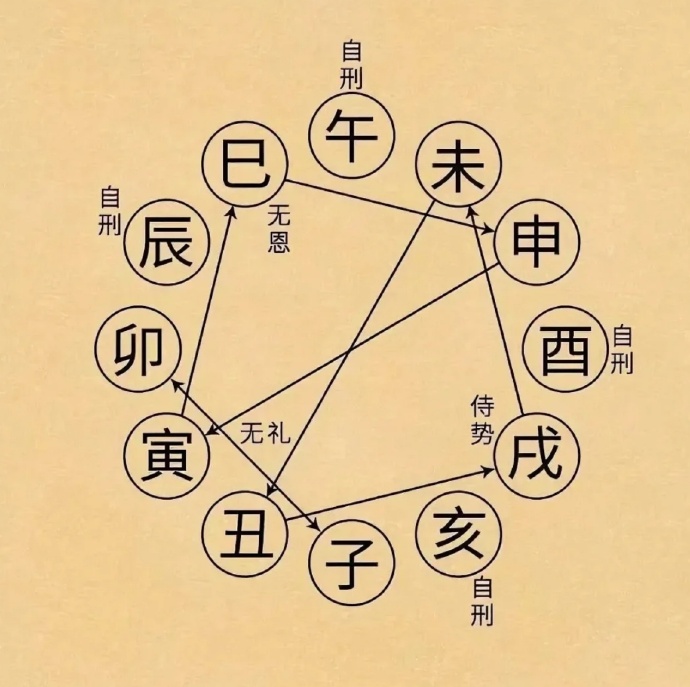How to Say March 7th in English, Mastering Date Formats for International Communication, Essential Guide for ESL Learners
When it comes to expressing dates in English, many non-native speakers find themselves puzzled by the different formats used across cultures. The date March 7th can be written and spoken in several correct ways in English, each with its own context and regional preference. Understanding these variations is crucial for clear communication in international settings, academic writing, or professional correspondence.
The most formal written format follows the pattern of "Month Day, Year in this case, "March 7, 2025" or "March 7th, 2025". The inclusion of "th" after the number is optional in writing but often preferred in more formal contexts. This format is commonly used in the United States for official documents, invitations, and business communications. The ordinal indicator (st, nd, rd, th) helps clarify that the number represents a date rather than other numerical information.
In British English and many other international contexts, the preferred written format would be "7 March 2025" without the ordinal suffix. This day-month-year sequence is more logical for many as it progresses from smallest to largest unit of time. However, when speaking, British English speakers would typically say "the seventh of March" rather than "March the seventh", which is more common in American English.
The table below compares the major date format variations:
For digital communication and file naming, the ISO 8601 standard (2025-03-07) is increasingly popular as it eliminates ambiguity. This format is particularly useful for technical documents, scientific research, and international business where clarity is paramount. The year-month-day sequence ensures chronological sorting in digital systems while being universally understood.
When writing dates informally in American English, you might see "Mar. 7" or "3/7". The abbreviated month saves space while maintaining clarity. However, be cautious with numerical dates 3/7 means March 7th in the U.S. but July 3rd in most other countries. This difference causes frequent confusion in international communication, making it advisable to spell out the month when clarity is essential.

In spoken English, pronunciation follows the written form but with some variations. Americans might say "March seven" in casual conversation, though "March seventh" is more correct. The British equivalent would be "the seventh of March", always including the definite article "the" and the preposition "of". These subtle linguistic differences reflect broader patterns in how each variety of English handles dates and numbers.
Historical documents often show different date conventions. Before the mid-20th century, it was common to write "7th March 2025" in both American and British English. The gradual divergence of these conventions demonstrates how language evolves differently across regions. Today's standardized formats emerged largely for practical reasons in business and technology rather than through any formal linguistic planning.
Academic writing typically requires specific date formats depending on the style guide. The Chicago Manual of Style recommends "March 7, 2025" for American publications, while Oxford style prefers "7 March 2025". Scientific journals often insist on the ISO format to prevent any misinterpretation of data. Students and researchers must pay close attention to these requirements when submitting papers or theses.
Legal documents present another layer of complexity with dates. Contracts often spell out the date completely as "the seventh day of March, two thousand twenty-five" to prevent any possible misunderstanding or fraud. This verbose format leaves no room for interpretation and serves as the gold standard for important agreements where date precision is critical.
Military and aviation communications use yet another system the "7 Mar 25" format. This concise style combines elements from different conventions for maximum clarity in time-sensitive situations. The three-letter month abbreviation (Jan, Feb, Mar, etc.) is universally recognized, while the two-digit year saves space without causing century confusion.
Journalistic writing has its own date conventions that balance formality with space constraints. Newspapers typically use "March 7" on first reference and "Mar. 7" in subsequent mentions within the same article. The year is often omitted when reporting current events, as readers assume the present year unless specified otherwise. This style prioritizes readability and efficient use of column space.

Digital platforms have introduced new date format challenges. Social media sites automatically localize dates based on user settings, which means "March 7" might appear as "7 March" to different viewers. When programming or designing user interfaces, developers must account for these regional preferences to create intuitive experiences. The rise of machine translation has made consistent date formatting even more important.
Calendars and planners demonstrate practical applications of date formats. Monthly layouts typically show "March 2025" at the top with numbers 1 through 31 below, requiring no ordinal suffixes. Weekly planners might use "Mar 7-13" or "7-13 Mar" depending on the country of publication. These design choices reflect both cultural norms and practical considerations about space and readability.
When teaching English as a second language, date formats present an excellent opportunity to discuss cultural differences. Students should practice writing and saying dates in multiple formats to prepare for various communication contexts. Role-playing exercises might include booking international flights, scheduling meetings across time zones, or interpreting historical documents with different dating systems.
Business communication requires particular attention to date formats. International companies often establish style guides specifying which format to use in internal and external correspondence. A multinational might require "7-Mar-2025" in all emails to avoid confusion between branches in different countries. Such policies demonstrate how language conventions serve practical business needs in our globalized economy.
Historical research sometimes involves converting between calendar systems. While March 7, 2025, is straightforward in the Gregorian calendar, scholars working with Julian dates or other systems must specify which calendar they're using. This level of precision matters in fields like astronomy, history, and religious studies where dating systems intersect with cultural practices.

Personal correspondence allows for more flexibility with dates. Handwritten letters might use charming variations like "March the seventh" or "the 7th day of March". These stylistic choices add personality while still maintaining clarity. The resurgence of analog communication methods like paper planners and handwritten notes has renewed interest in aesthetically pleasing date formatting.
Technical writing demands absolute precision in date presentation. Computer documentation, user manuals, and scientific reports cannot afford any ambiguity in dates that might affect product operation or research reproducibility. Many style guides for technical writers mandate spelling out the month completely and including the four-digit year to prevent any possible misunderstanding.
Creative writing uses dates as both practical markers and stylistic elements. A novelist might write "March 7th" to establish a specific timeline while maintaining narrative flow. Poets sometimes play with date formats as visual elements in their work. These artistic applications demonstrate how even functional language components can serve aesthetic purposes in the right context.
As English continues to evolve as a global language, date formats will likely undergo further standardization. The increasing dominance of digital communication may push toward more universal systems like ISO 8601, while traditional formats persist in certain contexts. Whatever changes come, understanding how to say March 7th in English will remain a fundamental skill for effective cross-cultural communication.